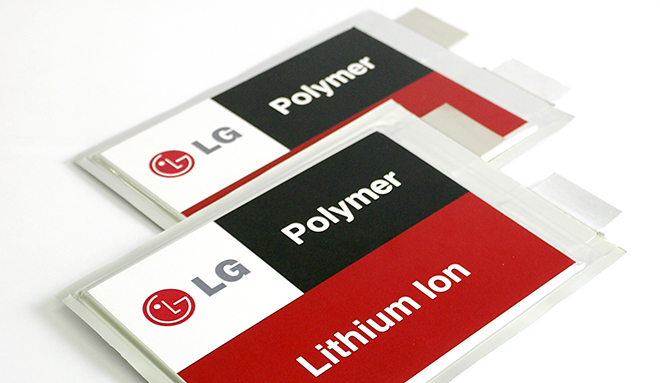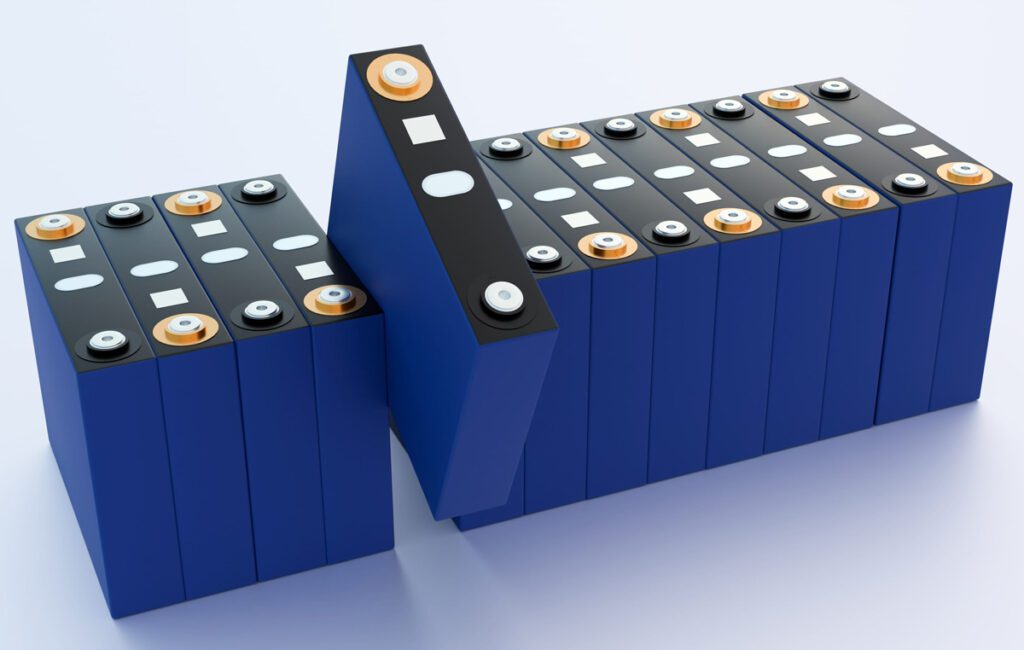There’s a new battery cell in town, and everybody’s talking about its better energy density and lower costs. South Korean cell maker SK Innovation recently announced that its new NCM 811 cells would be available in December for stationary storage systems, and in the third quarter of 2018 for EVs.
SK’s current cells use an NCM 622 configuration, which means that the cathode material is 60 percent nickel, 20 percent cobalt and 20 percent manganese. In an NCM 811 cell, the cathode is 80 percent nickel, 10 percent cobalt and 10 percent manganese (the anode is mostly graphite, with a dash of silicon).
These new battery cells not only have better energy density, they are also cheaper to produce, mainly because they require much less cobalt, which is very expensive and tends to come from mines in dodgy parts of the world.
Now SK competitor LG Chem has announced that it will also begin producing NCM 811 cells. “We will first produce the [NCM 811 battery], and you can see it next year,” Lee Ung-Beom, President of LG Chem’s Battery Business, told reporters.
Theoretically, NCM 811 cells can offer energy density as high as 1,000 Wh/L, but SK and LG have not yet revealed the actual energy density of their upcoming cells.
Push EVs reports that Nissan will use LG Chem’s NCM 811 cells in the 2019 LEAF, and that BMW expects to begin using NCM 811 cells in 2021 for its new i5.
Source: The Investor via Push EVs


















































































